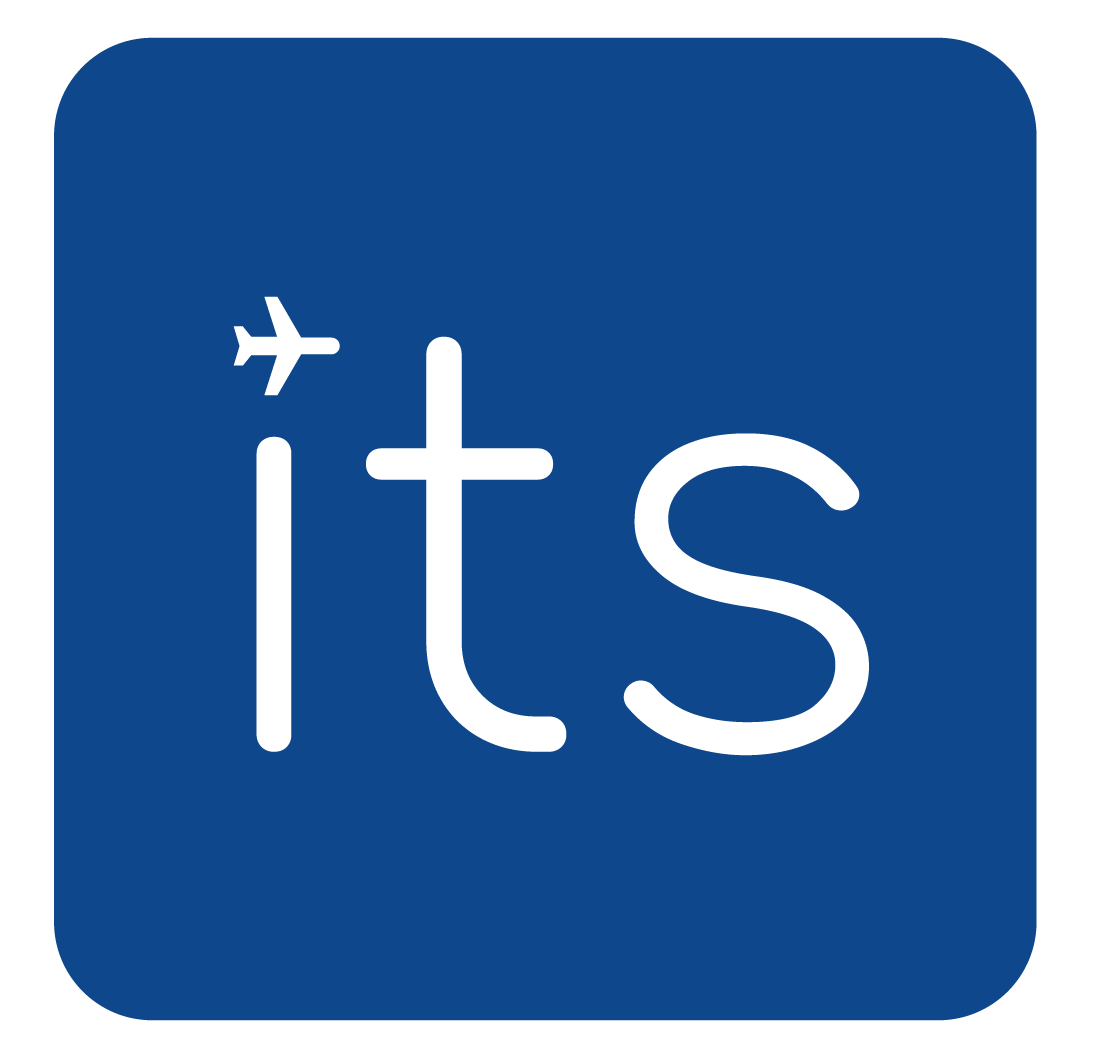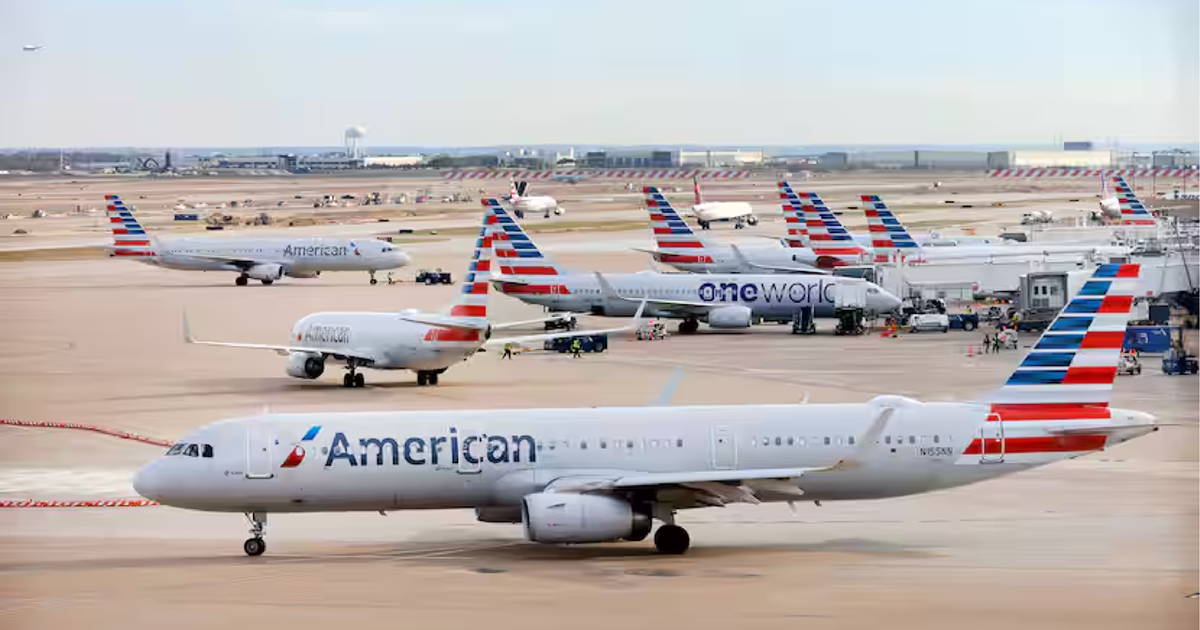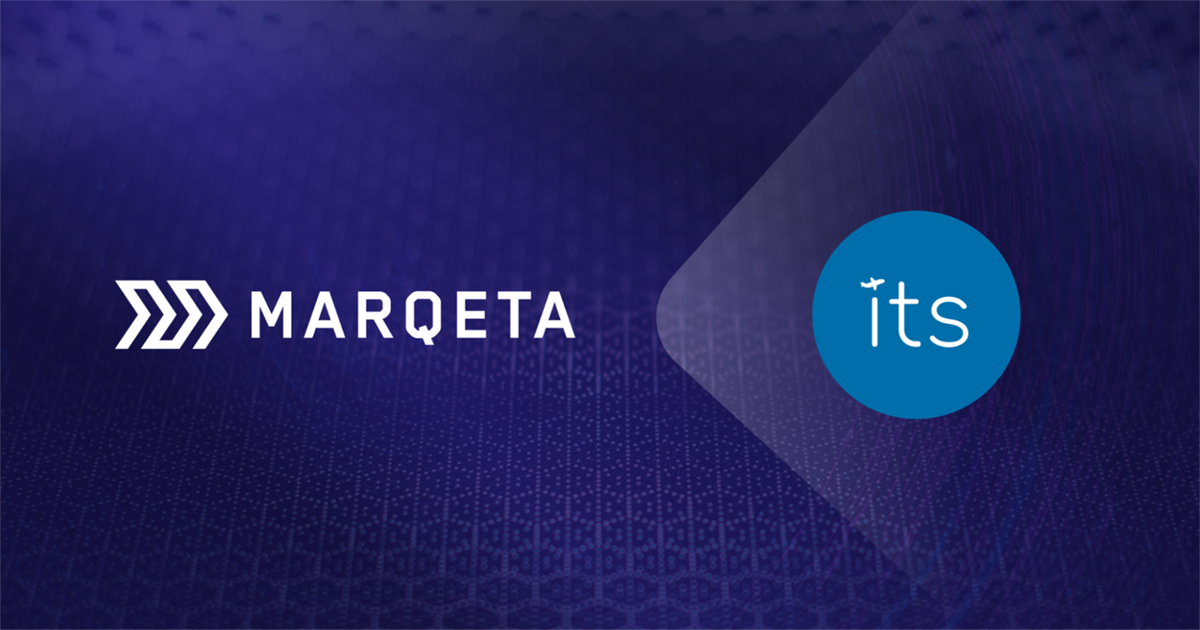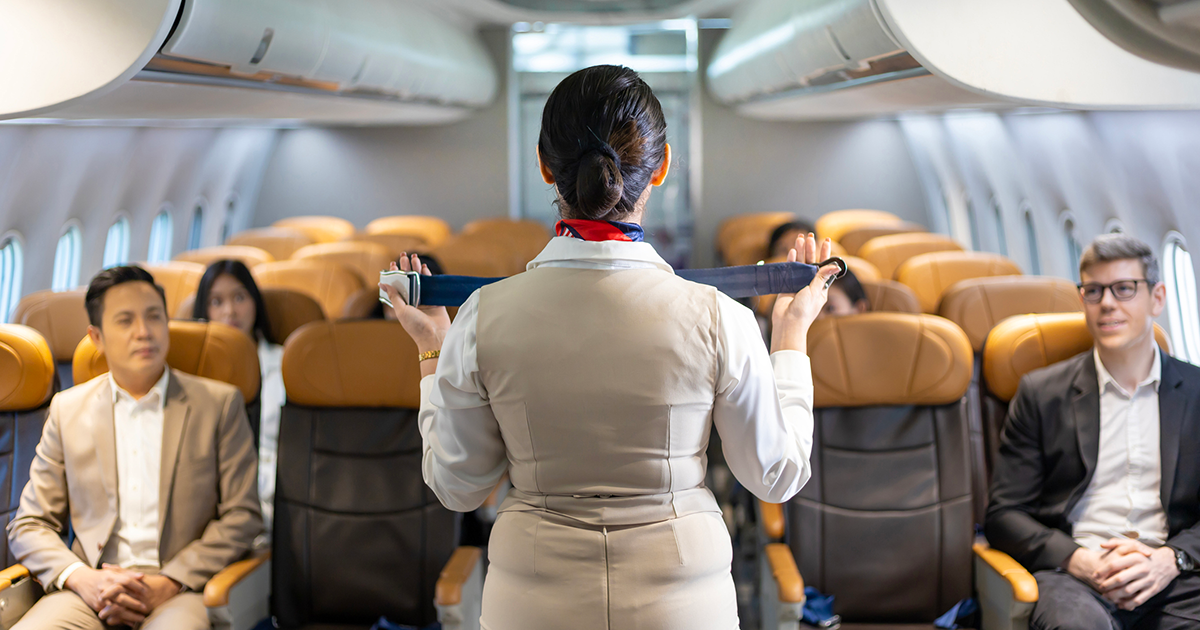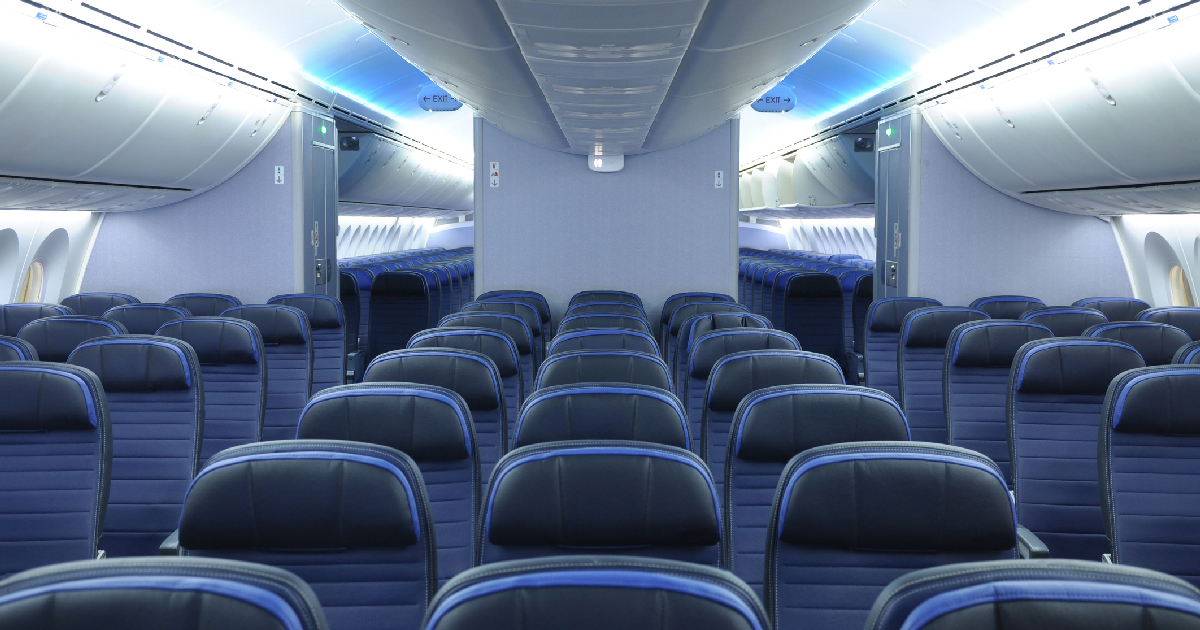Less stick, more carrot
Much has been written about the “30% target” for TMCs and aggressive timelines announced early January 2024 for the April 21st “Preferred Agency” assessment date. Right off the bat, TMCs were digging into the ambiguity of the statement, wondering if the measurement period would be the month of April, the first quarter, etc. General grumbling and really, from the airline’s perspective, dragging of feet and lack of desire to adopt the NDC standard ensued and started to erode previously strong relationships.
In the timeline between those original “Preferred Agency” announcements and the firing of Vasu, one action after another indicated, true or not, that American Airlines thought that they could directly manage relationships with their corporate clients and leverage NDC to do so. Early TMC penalty threats were augmented with late (new) NDC incentives for Agencies, but much of the damage was already done.
After thoughtful consideration of Robert Isom’s decision recap, “NDC” or any other technology standard was not the cause of the shake-up. Instead, it was the direct result of the destruction of critical relationships and partnerships that became ensnared in Vasu’s risky strategy. AA gambled that their short-term revenue “sacrifice” would be recaptured either via an increase in direct transactions or the CBTs would either keep up or corporations would jump ship and seek out capable solutions as quickly as possible. None of these revenue preservation actions happened quickly enough to allow the visionary to see his plan executed to its conclusion.
What about recent, massive TMC investments in supporting NDC tech?
Investment implies capital or operational resources are redirected for something new, beneficial, or at least a concept that could create an ROI. The investment forced onto our corporate travel ecosystem was not originally clear – what would be the final benefit? What has been clear is that change is required, so the industry has no choice but to invest.
Investments ran a broad gambit but include hours and hours of Account Manager time convincing clients to consider new booking engines, updating core booking engine technologies if your agency is fortunate like ITS to have your own proprietary product, along with countless hours of testing, service agent retraining, and keeping up with distribution system notifications and technology advances.
Two “hidden” areas most airlines don’t fully understand are mid-office and accounting technologies. Mid-office products are the beating heart of most TMCs, fueling approvals, policy adherence, low fare, full fare, alternative fare checking, quality control, and fulfillment engines. Historically, airlines have not had any insight into these processes that have been built to provide the value added services companies require to run their corporate travel programs. Almost all mid-office technologies have had to be re-written or adjusted significantly to accommodate NDC. Accounting changes and investment for NDC has focused on invoices, invoice management, including Order tracking vs EDIFACT electronic ticket management.
From our perspective, the good news is that these investments are not wasted. NDC DOES a good job of leveraging upgraded technology and will continue to evolve and provide a better foundation for much of the business travel industry. Simply stated, any technology that leverages NDC capabilities and provides better user experiences is good, future proof technology.
How could American rebuild relationships with corporate clients and TMCs?
Clearly this is just one perspective, and it is from a TMC, but there are specific areas that American Airlines should consider initiating restoration of the spirit of partnership and to work aggressively to increase revenue and right the revenue ship.
1. Start supporting mid-office technologies:
Mid-office tools have always embraced standard EDIFACT entries in the GDS from “Will You Price….” fare entries, to find or document the lowest and best option. Just the simple definition of an “LF” or “FF,” which are now antiquated relics of the corporate travel world, are now in need of a serious re-framing to include upsell, NDC, and other modern retailing concepts. This step alone will provide clarity to travel managers and corporations alike and provide unique insight that can be leveraged to craft a much more appropriate travel program for their travelers.
Some companies, for example, require the purchase of Refundable fares so mid-office systems make this update. Understanding the “why” corporations require these services will help airlines find innovative partners and solutions that can be repurposed for NDC. Embracing mid-office opportunities will go a long way towards mending TMC and corporate relationships.
2. Shrink the NDC fare gap:
On the ITS product TripEasy, we’ve identified a $63 savings during initial shopping, on average, over the course of several months between a comparable bundle of NDC fare attributes and the fares’ EDIFACT cousins. Why? On the surface, AA’s pricing strategy seems less focused on revenue optimization but instead has been a mechanism to PUSH shoppers directly to AA.com or to an appropriate CBT that is NDC enabled. Since we embrace NDC on TripEasy, we like that approach but from an airline profitability perspective, we can’t help but wonder how much revenue AA is intentionally ‘throwing away.’ Shrink that gap, or strategically leverage that gap in a more targeted way, as quickly as possible.
3. Support merchandising via partners:
Assuming a limited set of fare differences will remain to ostensively promote the migration to NDC modern retailing, we’d recommend considering merchandising of both bundled products and pricing of Premium branded fares. The idea concept of upgrading via a modern retailing oriented mid-office that could enforce company policy driven mandates, for example moving from a non-refundable to a refundable fare, makes logical sense for many corporations. This could average out to be a minimum 15-20% RASM increase for a large percentage of an airline’s corporate client base.
4. Embrace true Omni-Channel Servicing:
Allowing TRUE Omnichannel Servicing (OCN) is a feature of NDC but that concept seems stuck in its infancy. For Sabre NDC OrderSync or interfacing of passenger name records (PNRs), one large challenge is that Accelya and Sabre ‘access permissions’ are not set up effectively for Agency level controls. Many corporate travelers prefer to book direct booking on the airline website – if airlines would allow the Agency of record to service the direct booked PNR, NDC servicing would be an effective way to relieve airline servicing pressure while allowing corporations to lean into their Agency to manage all aspects of their corporate travel program. That’s what we call a true “win-win-win” option.
5. Extend branded fare options to partners:
NDC technology opens new doors to construct branded Offers, adjust margins, and other options. Allowing the Agency to include or exclude point-of-sale fees, raise or lower margins per client or agency contracts, and provide 100% transparency in the shopping and booking process would be a game-changer. Most of the IATA NDC Standard (21.3 is the preferred version, which the industry is working towards) conversations around margining and Offer management have been driven by the world’s airlines, for their sole benefit. The inclusion of innovative Agencies into this conversation will not only restore the spirit of partnership, but it will provide amazing benefits to corporations and help them gain even more control of their travel programs.
Conclusion…or is this a new beginning
It is refreshing to conclude by not dwelling on the misfortunes of an airline executive or gloating and smirking over the idea that somehow “NDC,” as a technology, failed. True, strategies need to reset, partnerships need to be restored, but NDC technology is here to stay. To celebrate and enjoy the benefits NDC technology will bring even after experiencing all the upfront pain, it is likely that the entire airline, TMC, and corporate travel world should join us in expressing gratitude and a formal “thank you” to American Airlines for speeding up the NDC transition.
I remember many business school strategy classes where first mover advantage was discussed – is it a good thing, or is it better to be a “fast follower” to improve upon someone else’s results? In a way, American Airlines has a chance to make both strategies succeed. To do so, AA’s reset needs to go well beyond the removal of Vasu Raja from the equation. AA CAN quickly restore revenue and CAN include TMCs and corporate clients on the journey, but the spirit of partnership must be restored to ensure their original first mover strategy is not squandered and lost.
As AA learns from its own first mover experience, the airline should rush to shrink the pricing gap or stated differently, STOP buying NDC acceptance with lower NDC pricing and focus on merchandising and upselling new, innovative corporate products to business travelers. To execute, American Airlines must continue to restore trust and continue to engage existing partners like ITS, as well as find new innovative and interested partners.
What will be next? That remains to be seen but it is apparent NDC is not going away. As an innovative, technology first TMC, we embrace the Offer and Order system and look forward to any airline that eagerly accepts the spirit of partnership and wants to focus on helping business travelers and corporations, particularly with the extra support and guidance delivered via their full capable and NDC enabled TMCs.
